A Sunny Afternoon On the Yangzi
Tuesday, August 25, 2009
 Jiujiang, Jiangxi, China
Jiujiang, Jiangxi, China
Hey Hey and a Big G'Day toya,
The longest river in Asia and also the fourth longest in the world, the Yangtze River (Chang Jiang) flows for over five and a half thousand kilometers (three thousand four hundred miles for you others) from the Kunlun Mountains of Tibet in western China to the East China Sea just north of Shanghai and on its journey it makes its way through twelve of China's provinces and autonomous regions. The Yangzi begins in the relatively level Tibetan Highlands and it then descends through snowcapped mountains with elevations of sixteen thousand feet (or four thousand nine hundred meters for you others like me). After leaving Sichuan Province it then enters the beautiful yet dangerous Three Gorges area which runs for around two hundred kilometers after which it then makes its way to the east coast.
After that, now to my day.
As awesome as the above sounds…hahaha!
My day was spent on around two kilometers on the southern side of the Yangzi River.
Before we get to that lets talk about air conditioners and how they can nearly ruin a perfect day.
I woke this morning terribly excited about being only a block away from China’s most famous river but I didn’t walk that block until around lunch time. In fact I nearly didn’t make it at all. I'm not used to staying in such a big hotel and as my room is on the fourth floor there are obviously many above me. When I woke this morning I heard what I thought were large rain drops speedily ending their life on my window pane and the ledge outside. So feeling a little disappointed (as travel days can now be counted on one hand) I smiled and went back to sleep.
Several hours later I woke to the same sound and repeated my previous actions.
It wasn’t until around mid day when I woke for the third time that I found that I couldn’t happily roll over and sleep anymore so I sat for a moment and thought about what I could do on this rainy day. A coffee and a book beside a partially open window was the first thing to come to mind so I made my coffee, grabbed my book and threw open the huge curtain to find….a bright sunny day with a huge blue sky above.
Needless to say that for the first few moments I was rather confused and even caught myself looking down to see if the ground was wet…..somewhere, anywhere. Of course it wasn’t you silly bugger, the sound was the combined drips from all the air conditioners on the above floors all dripping onto the fourth floor ledge and then running down a pipe to the street below.
Oh well, no need to waste a good coffee so I threw open the window and read for an hour anyway.
Jiujiang City is a cultural and historic city situated at the crossing of the Yangtze River and the Beijing-Kowloon Railway. Jiujiang has a population of over four million people even though it has escaped all worthy guide books in the west this two thousand two hundred year old city is a noted town in ancient China as for years it served as a communication center along the middle reaches of the Three Kingdoms (220-280 AD). The city was a customs station in the third century and became a country town in 589 AD. From the 17th to the 19th centuries, it was an important center of the tea trade and in 1861 it was opened to foreign trade.
My wonderful day (or afternoon I should say) was spent along the Yangzi River from the small port area to just past the’Jiujiang Changjiang Daqiao’ or the Jiujiang Yangzi River Bridge. It’s not a large stretch of land nor is it a piece of land that one would even off handedly remark as being beautiful, nor is it ugly for that matter, but I found enough there to keep my small mind amused for many hours.
Xunyang Pavilion (Xunyang Lou)
The Xunyang Pavilion is located on the bank of Yangtze River and for those that don’t know (which would be all of us) Xunyang is the old name for the present-day Jiujiang city. It is not known when the Xunyang Pavilion was first built, but it has been mentioned in poems going back to 785 AD. It is said that the tower was first built as a public wine house in the Tang Dynasty. The Xunyang Pavilion is a great setting to view the Yangtze River and Chinese ancient history. The present Pavilion was reconstructed in 1980, and is now a tea house.
Suojiang Tower
Also located on the side of the Yangzi River is what is known as the Suojiang Tower which is in fact the name given to a group of ancient buildings that include the actual Suojiang Tower, the Suojiang Pagoda (Wenfeng Pagoda) and four iron oxen guardians. In ancient times when traveling by steamboat along the river the Suojiang Pagoda was the first thing to be seen.
Suojiang Tower was firstly built in 1586 by an official of Jiujiang City, Wu Xiu, in the Wanli Reign of Ming Dynasty (AD1368-1644). It was built because the low-lying city of Jiujiang, surrounded on three sides by the Yangtze River, was vulnerable to flooding. It took eighteen years for the tower, which was paid for by collections of money, to be built. Suojiang Tower has three stories and is surrounded by four iron oxen.
A pagoda was built at a later point near Suojiang Tower - Suojiang Pagoda, also known as Wenfeng Pagoda. Standing at a height of about thirty five meters and is built of stones and medieval thick bricks.
Suojiang Tower and Pagoda were built to protect people from disasters, but these structures don't seem to have the same power over themselves. The ravages of earthquakes and wars led to Suojiang Tower being almost completely destroyed. In the Second World War, Japanese invaders shelled Jiujiang City with cannons and the Pagoda was nearly destroyed. Because of the shelling, the Pagoda now slopes north eastward and the pagodas top has strayed from centerline by about seventy six centimeters.
Wave Well (Lang Jing)
I couldn’t find the Wave Well and have added it to this page so that other travelers know that it does exists. I tried to find it but no matter who I spoke to or where I went no one seemed to either understand me or know that it actually exists.
The Wave Well (Lang Jing) is said to be the most ancient relic found in Jiujiang City and is located in Langjing Lane, which is very close to the Yangtze River. Being fifteen meters (49.2 feet) in depth, the well is distinct from others for its water had waves when the Yangtze River did, thus the name Wave Well. The reason why there were waves in the well remained controversial in the olden days. There were mainly two theories: one was that the well connected with the Yangtze River, the other one that the water was gushing out from the spring head, thus creating waves.
According to history records, the well was dug in about 201 BC when General Guan Ying of the Western Han Dynasty (206 BC-24) initiated the construction of Jiujiang City. For this reason the well is also called Guanying Well. However, the well was later buried and was unknown till the end of the Eastern Han Dynasty (AD25-220), when Sun Quan, emperor of Wu Kingdom in the Three Kingdoms Period (AD220-280), found the site and dug it out.
After a restoration, the well is now guarded by newly-built square pavilion. The poems written by Li Bai and Su Shi explaining the reason of the phenomenon are carved on the wall.
Jiujiang Yangtze River Bridge (Jiujiang Changjiang Daqiao)
Jiujiang Yangtze River Bridge is located at Yangtze River, at the border intersection of Jiangxi, Hubei, Anhui three provinces. On the south shore are the clear water lake and the north shore docks with Chikou Town, Huangmei County, Hubei. It is the biggest dual purpose bridge spanning with double-deck road and railway at present in China. The upper deck forms a four traffic lane highway bridge and the width of the traffic lane extends to fourteen meters, with both side’s pedestrian walkway extending a further two meters.
The lower deck is the double thread railroad bridge with a length of 7,675 meters and the length of the highway bridge 4,460 meters. There are ten bridge piers and eleven erected steel girders and believe me, when you are standing beneath it or to one side it really is an awesome site, especially when you watch as a train crosses it beneath the highway bridge where huge trucks can also be seen crossing.
Pipa Pavilion
The Pipa Pavilion is located to the east of Yangtze Bridge and faces the river with Lute Lake located behind it. Poet Bai Juyi was demoted from the minister of war from Chang An (the ancient name of what is now known as Xian City) to Jiangzhou (now known as Jiujiang City) in the Tang Dynasty (AD815). The following autumn, he saw a visitor off to XunYangjiang River (north section of Yangtze River). A girl played a Lute on the boat at night and the music stirred Bai Juyi’s emotions.
Bai Juyi related his plight to the girl and he wrote 'Pipaxing' as a gift to the girl, hence the pavilion name. Now that is almost as sweet as how the Sydney Opera House got its name…NOT!
Or for that matter the Melbourne Arts Center…NOT!
Here is where it gets a little confusing.
The Pavillion was built in Tang Dynasty and originally on the shore of Jiujiang west end Yangtze River. But was been moved several times during the following dynasties. It was reconstructed in the Qing Dynasty (AD1736 - 1795) and was destroyed during the reign of Xianfeng (AD1851 - 1861) and in March of 1988 the new Lute Pavillion was constructed.
The pavilion height is twenty meters and is has a double-decked double-eave roof.
The Lute Pavilion golden tablet was written by Liu Haisu can be found hung on the pavilion.
Standing before the pavilion is a giant stele with the engraving of "Pipaxing", the long poem where there are six hundred and sixteen characters making up the full text. Bai Juyi’s white marble statue stands in the center of the pavilion and there tablet porches built on both sides with fifty six stele carvings on the Lute Pavilion topic written by poets from previous dynasties.
After leaving the Pipa Pavilion I decided that it was about time to do something about purchasing my final train ticket that will end this years Beers N Noodles Adventure so due to time I decided to grab a bus back into town and then make my way to the train station from there. The question of which bus to catch was actually easily answered as there was only one bus number on the board and after checking my map I found that it actually begins its journey right before the train station.
So for those like me who are happy to put off their Mount Lushan adventure for a few worthy days spent in Jiujiang City bus five can take you from the train station all the way to the Pipa Pavilion and also an drop you off at all the above sites at a simple 'Oi You, Stop The Bus’ or if your bus driver has no knowledge of the English language simply call out Hey Hey Hey and point to the door.
It works every time, even in taxis but sadly not on trains, they just continue until their next stop!
Here is where my wonderful day took a bad turn as when I asked for my ticket to Xian the following night I was told there were no beds available so I then (full of hope) asked for a ticket for the night after and again I was told there were no beds and that from my understanding there never would be any beds available as they are all sold in Nanchang city. But, I think I may have misunderstood this part of the conversation due to my forming frustration of having the option of only one ticket and being that of;
A seventeen hour journey from Jiujiang City to Xian City in freaking HARDSEAT!
I then slowly made my way to Mc Donald’s for an Elcheapo coffee.
Beers N Noodles toya…..shane
___________________________________________________________
The soundtrack to this entry was by The Living End.
The album was ‘Roll On’.
____________________________________________________________
Other Entries

 Jiujiang, Jiangxi, China
Jiujiang, Jiangxi, China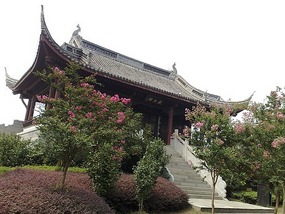
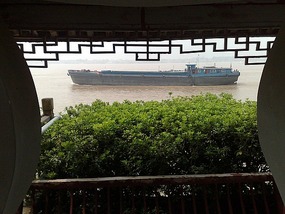
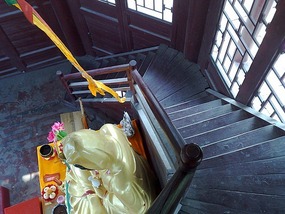
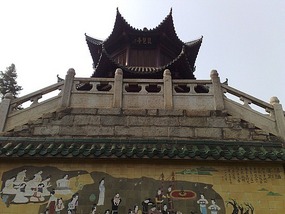
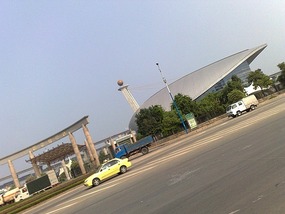
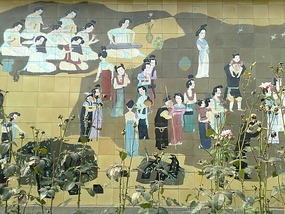
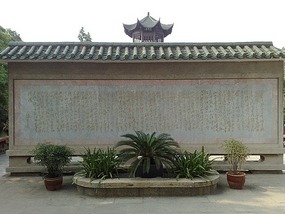
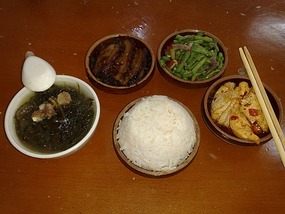
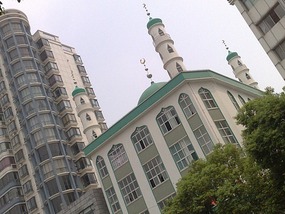
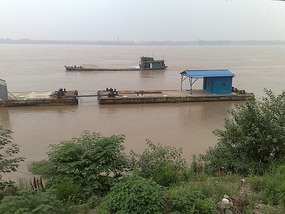
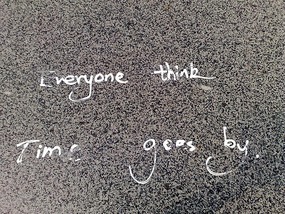
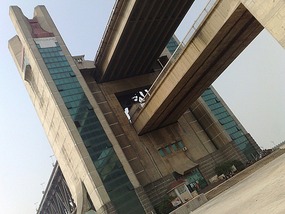
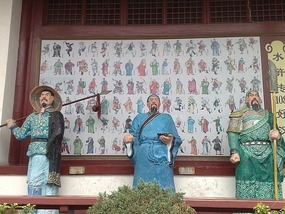
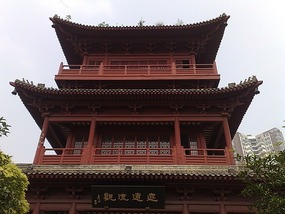
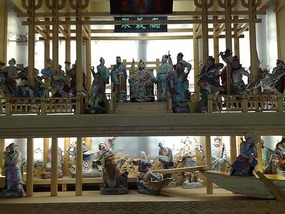
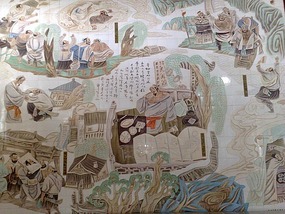
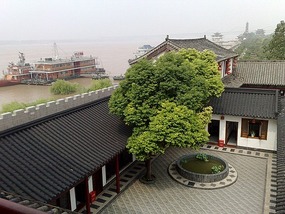
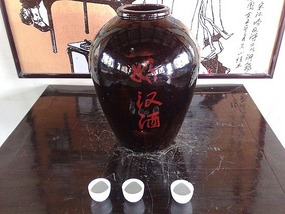
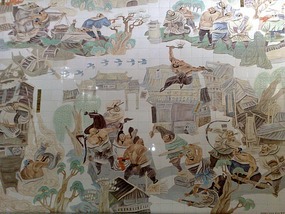
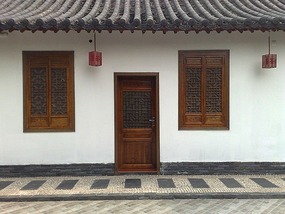
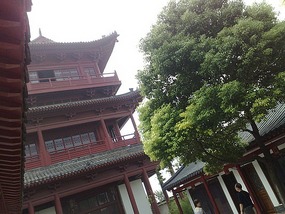
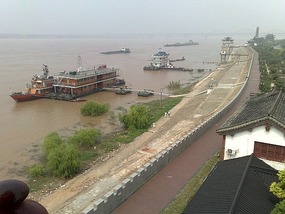
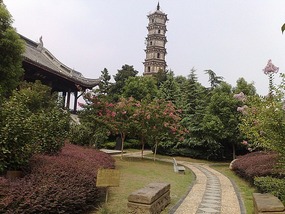
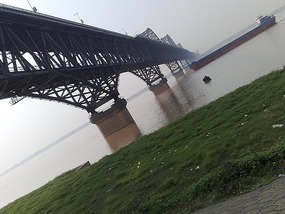
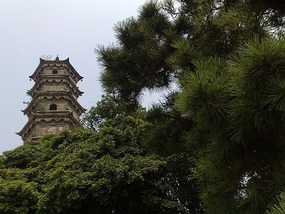
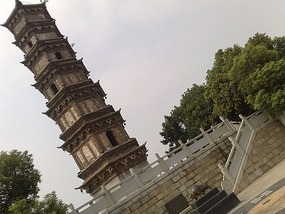
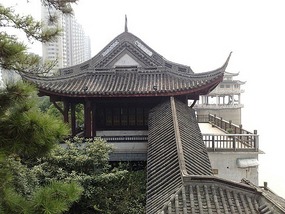
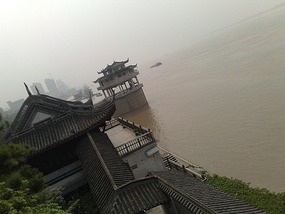
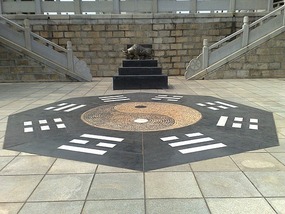
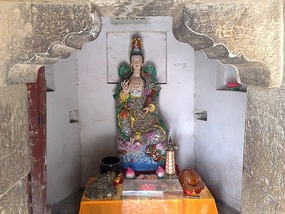
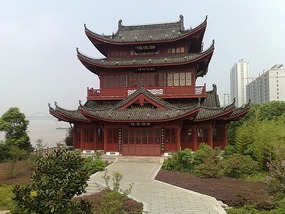
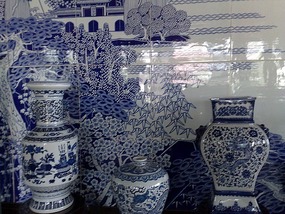
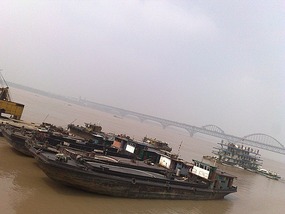


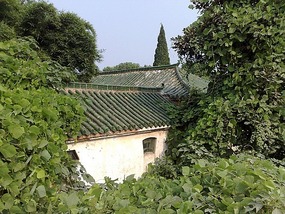
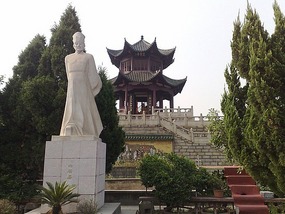
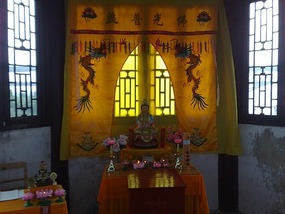
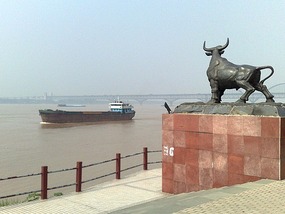
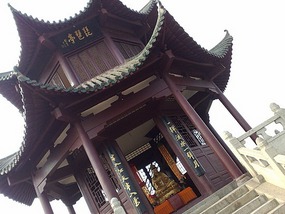

2025-05-22